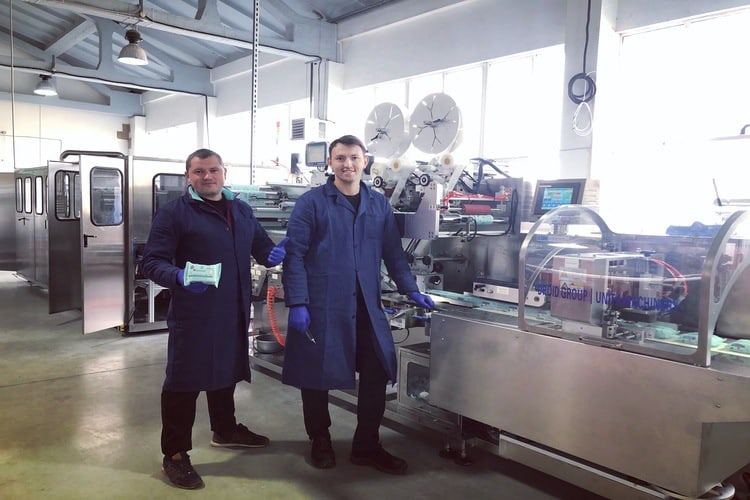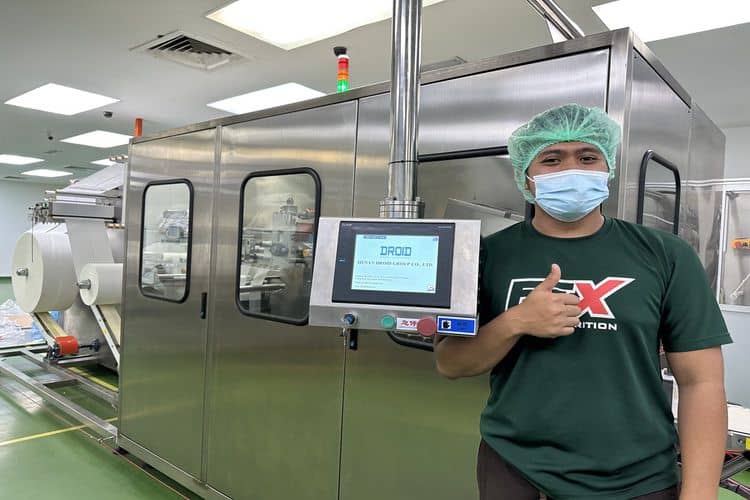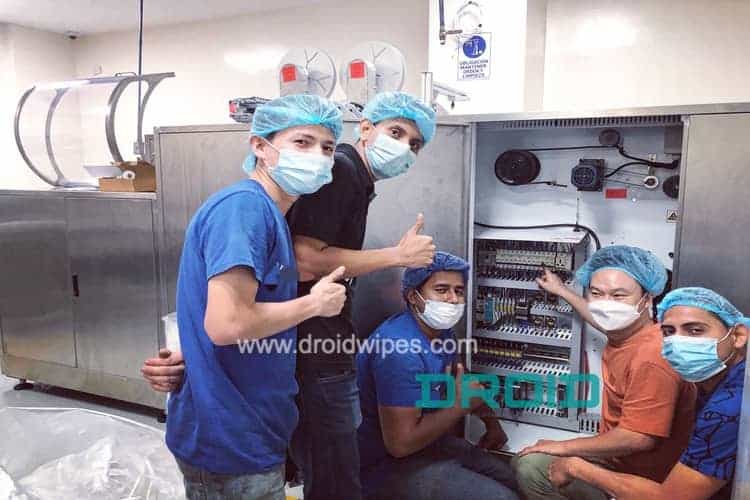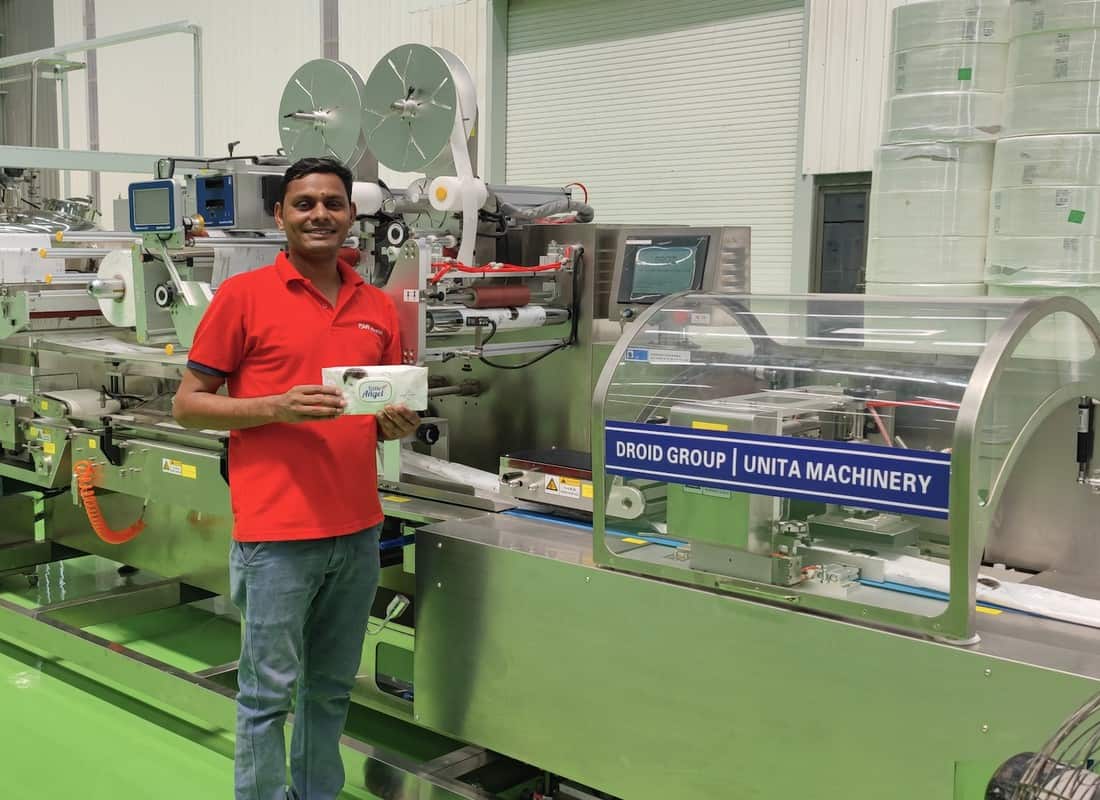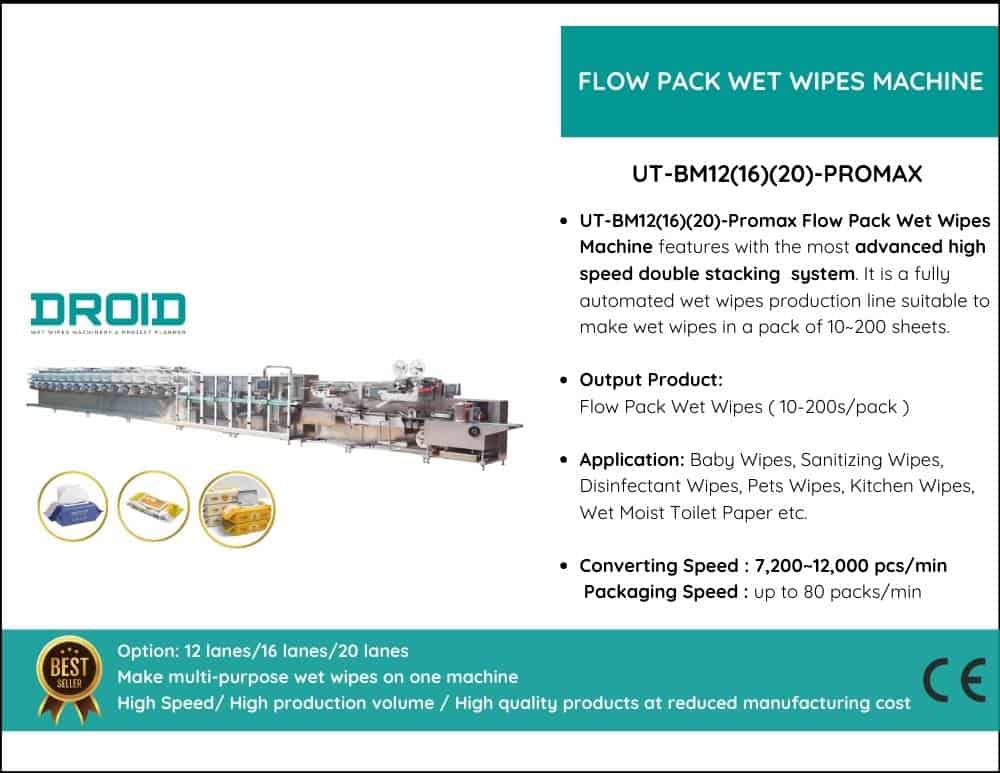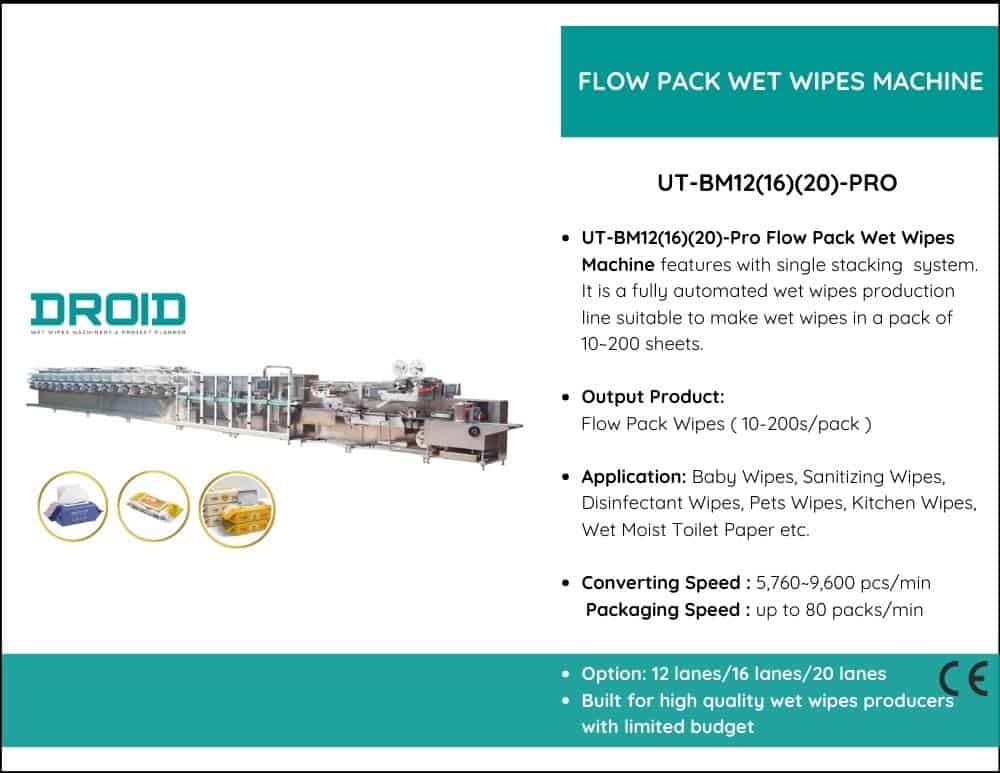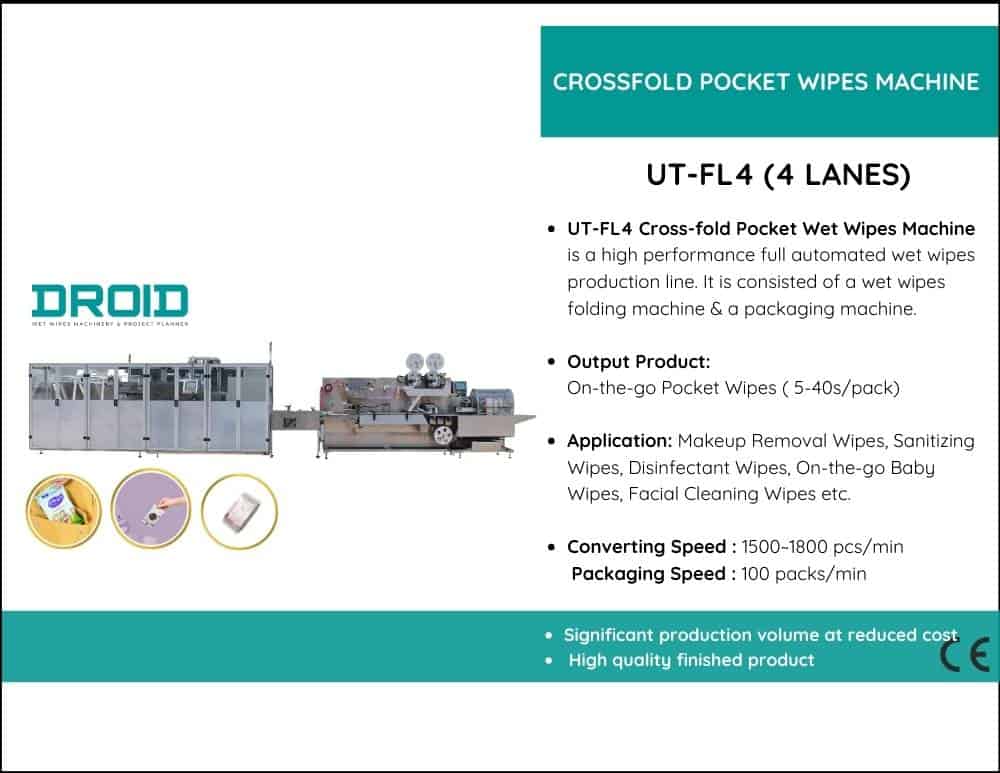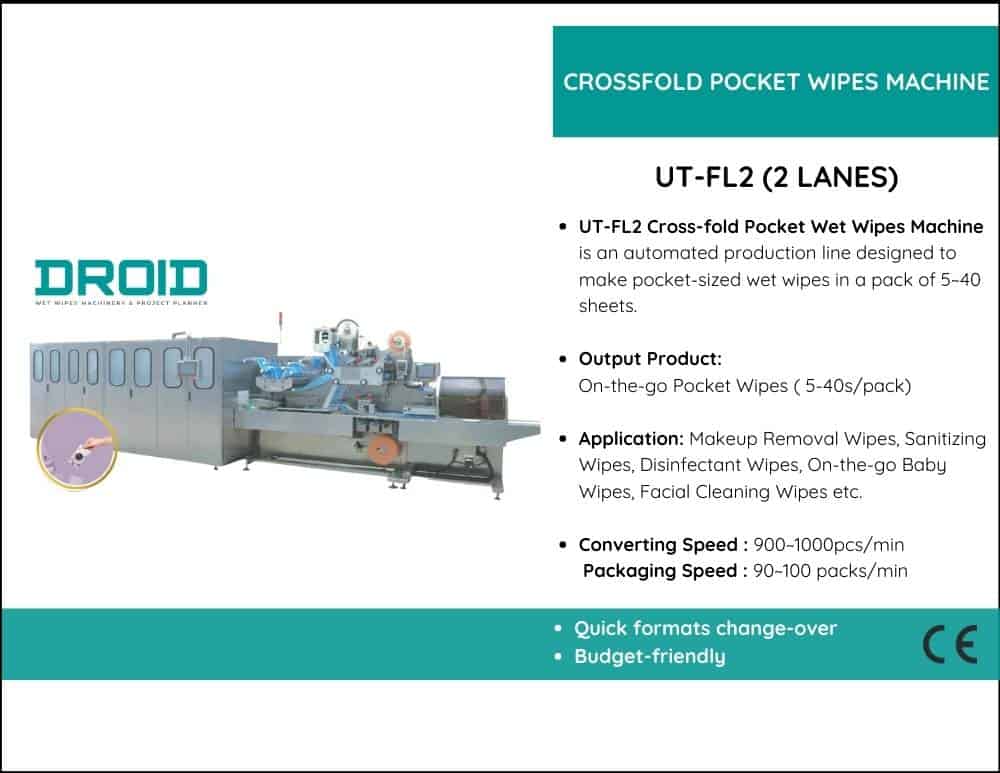The majority of wet wipes machine problems are caused by wear, negligence, or neglected maintenance rather than being random. The good news is that you can prevent many issues before they arise by adopting the proper behaviors.
Start by cleaning regularly. Jams or inaccurate readings may result from dust, fibers, and residue from liquid solutions clogging nozzles, sensors, and moving parts. After each shift, give the machine a brief cleaning to maintain it in good working order.
Next, lubricate moving components regularly, paying particular attention to bearings, gears, and rollers. The lifespan of mechanical parts is increased, wear is avoided, and friction is decreased with proper lubrication.
Create a maintenance schedule that operators can follow. Incorporate weekly inspections (such as blade sharpness), daily checks (such as tension settings and seals), and planned part replacements. Recording any problem, no matter how little, makes it easier to identify trends before they become expensive malfunctions.
Finally, teach operators to recognize early danger indicators, such as unusual sounds, uneven cuts, or minor leaks. The simplest and least expensive method to address issues is to identify them early.
Manufacturers may maintain the dependability, effectiveness, and problem-free operation of their wet wipes machines for many years by being proactive with maintenance and training.




